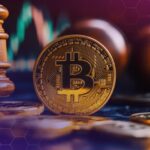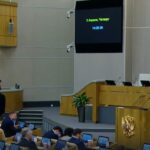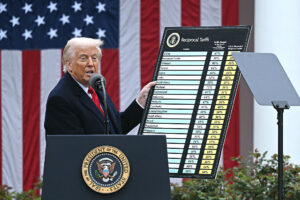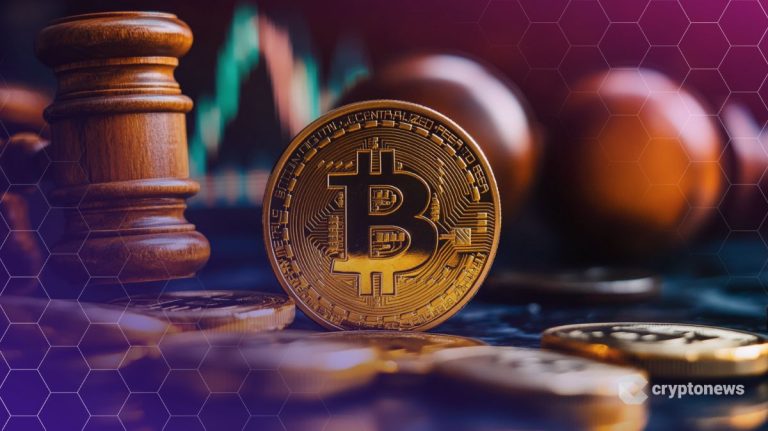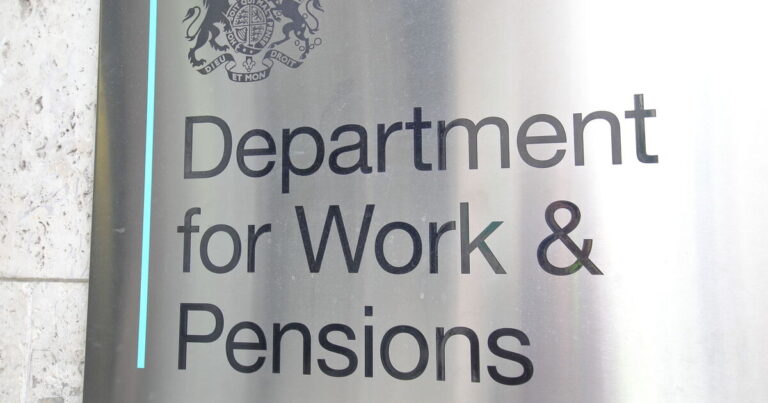I have realized how much more bridge building is needed among and by Asian Americans. I recently attended an event a good friend of mine organized in Northern California. Karthick Ramakrishnan is the most prominent scholar on Asian American political participation; it’s probably him if anyone is in the media talking about the subject. A professor of South Asian descent, he has wanted to convene a pan-Asian coalition to advance shared interests. He has started the process, but it will take energy to sustain. Critics of hyphenated identity claim it divides. They want us all to be simply American. They are not aware that “Asian American” is all about forming a union among people whose ancestors would not have been committed to any contact other than conquest. Both words in the title are important. They are signals to others and one’s self. Asians are amalgamating as other immigrant communities have done in overcoming their past hatreds for the common ground of this democracy. The insistence on the American aspect of identity also is an assertion that one belongs here. Ironically, when I was growing up, my only wish was to be accepted as simply American, and I was all too eager in assuming if I avoided anything Asian that would be so, automatically — exactly as the puppet Pinocchio became a real boy, in one of those Western fairy tales we memorized though our parents had not heard of it. “Asian American” is better than the names, the various ethnic slurs emitted by passersby and cranks on the telephone and strangers who rang the doorbell and ran off. Of course Asian Americans are artificial. That is true of all human groupings by definition. Asian American is perhaps more deliberately constructed. It depends on constant effort to hold together. East Asians and South Asians in particular are competitive even as colleagues. When other people say, “You all look alike,” they mean they are likely to confuse Chinese for Japanese, not brown for yellow. There are discrete cultural origins: while much of East Asia has linguistic and religious relationships dating back before national borders were set or nations were even a clear concept under law, the Indian subcontinent speaks a dialect of the Indo-European language family and more than a few persons have lineage that is Caucasian. The function I went to was inspired by a conversation between someone East Asian, native born, and someone South Asian, an immigrant, who were candid about infighting. They did what leaders do, turn opposition into opportunity. What unites these rivals in places such as Silicon Valley is that they form an enemy for those who deem people of color as a threat. Asians might not even have been conscious that they appeared as a menace, having no aspiration other than prosperity. For those around them who are certain demography is destiny, that very success looks like a hostile takeover. Asian Americans, however, are registering the antagonism. They cannot help but notice it. Tech leaders are saying they cannot “outsource” the response to civil rights activists alone. So Asians who want their cousins to be able to come here have reason to join together to advocate. Although their lack of enthusiasm for politics is faulted, their attempts to join movements likewise has met backlash. They are viewed with suspicion for their loyalties and motives. Asian Americans also should reach across the Pacific Ocean. Asian Americans who are assimilated, some of them, have distanced ourselves as deliberately as possible. We are too wary. I count myself among those who have made this error. They — we — have learned to be cautious, because suspicions fall upon them (us) if they utter a word hinting they (we) are anything less than America Firsters. The display of indifference toward a “homeland” they/we left, were forced from, or perhaps have never set foot on (as the third generation on these shores) turns into authentic apathy. Even as others lacking the heritage take up Mandarin for an adventure, we are reluctant to expose ourselves to the disdain casually directed at our parents who had accents. We find ourselves on both sides of the line: “them” versus “us” is ambiguous for Asian Americans even if we are suffer no ambivalence on our part. We can withhold judgment of those who adapt under the circumstances. If you find yourself the one and only child in the classroom who looks like you, especially adopted or mixed, you have no genuine choice. You cannot be expected to maintain a culture without critical mass around you. Yet there remains a responsibility assigned to Asian Americans, regardless of their reluctance to take it on, of serving as intermediaries, translators literally and figuratively. The epiphany for many is that acquiescing to the role is in one’s self-interest, and it offers enriching experiences. You give in and learn it doesn’t impose but relieves a burden: to speak with your grandparents across generations is to speak to the other half of the world, and you are the better for it, not least in the eyes of your elders. The last line is the most difficult to overcome, because it is internal. It is not subtle. The established members of the ethnicity and those who in that pejorative phrase coming to be appropriated with pride, “fresh off the boat” are not the same. Their mutual contempt may exceed that of observers who could not distinguish between them, aggravating them even further. There is a “disconnect” between Asian Americans who conceive of themselves as domestic racial minorities and Asian immigrants whose reference point is literally foreign. The Asian Americans who march with “Black Lives Matter” perplex the Asian immigrants, perhaps their own parents, whose sympathies are elsewhere. These populations in fact are distinct. Old-timers came when America was the dream and Asia “backward;” newcomers, as Asia ascends and America becomes increasingly anxious. The former had to leave behind their village without any assurance they would see their family again, ever, as much due to the distance and the cost as geopolitical barriers that included concrete roadblocks. The latter connect via social media as if they had never departed; they are effectively transnational, enjoying the same jokes and soap opera as before they boarded the jumbo jet for a routine trip. The alarm each side feels is troubling — but not as they imagine. An observer who could step away or imagine a vantage point in the not too far future would perceive that the established Asian Americans, like white ethnics, Jews, and Hispanics who are not Latinos before them, fear those coming later will spoil everything with their rudeness, their lack of refinement, their foreign ways, their arrogant disregard about fitting in, and, above all, their overwhelming numbers. If the volume of Asian immigrants in line (or not bothering to follow the protocols for queuing) bothers white Americans as a portent of power shifting, the quantity undoubtedly will disenfranchise Asian Americans who settled long ago. On their part, Asian immigrants are disappointed Asian Americans are not more welcoming even as they fear their own children will turn into Asian Americans. They, also like their predecessors of all types and every era, hope for the comfort of continuity, to be very much in America but not necessarily of America. “Asian American” is all about bridge building. Bridge building is vital, in every direction. That means among Asian ethnicities, both East and South; to Asians overseas; and to Asians arriving now. Then there is bridge building to blacks and whites. Asian Americans, neither black nor white, can be intermediaries and mediators. Karthick’s research is definitive. He leads a study of Asian American civic engagement. His data shows Asian Americans are a potential influence. Their numbers are headed up, and they are, on average (with caveats), educated and affluent. Yet by conventional predictors, their civic engagement is not as robust as could be. I have confidence. America is an ongoing experiment. It is a project, thanks to the democratic process. It is not a product, to be bought and sold. It is messy, always incomplete, needing work. Asians can contribute to progress. We have to feel the desire to do so.

